AR / VR / XR
Augmented Reality (AR) / Virtual Reality (VR) / Extended Reality (XR)
Extended Reality (XR) technologies represent a paradigm shift in computing, enabling users to interact with the digital world seamlessly and effortlessly. HCII's research is at the forefront of this interdisciplinary area, and leading to advances in understanding and modeling human behavior when interacting with XR, creating novel multi modal interactive devices and sensors, adaptive XR systems, and leveraging the technology for applications such as productivity, healthcare, manufacturing, or entertainment.
We work closely with campus-wide initiatives such as the CMU Extended Reality Technology Center (XRTC), the Entertainment Technology Center (ETC), and the Center for Transformational Play (CTP).
Students who want to learn more about this HCI research area might be interested in the following CMU courses and opportunities:
- 05-499/05-899: Special Topics: Interactive Extended Reality
- 18-453: Introduction to XR Systems (from ECE)
- Immersive Technologies in Arts & Culture minor and related IDEATE courses
HCII at UIST 2025
NEWSWhat’s next in the future of user interfaces? Look no further for some possibilities....
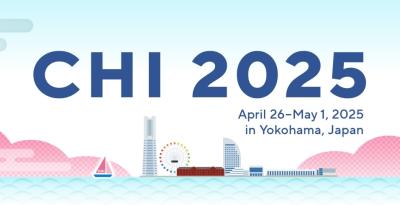
CMU at CHI 2025
NEWSOur halls are abuzz with talk of “CHI” (pronounced “kai”), the nickname for the upcoming conference on computer human interaction (CHI)....
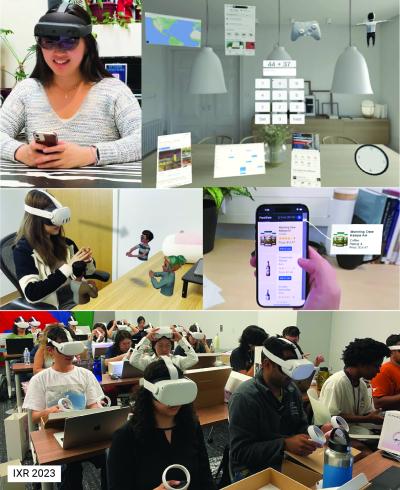
Up Next in Special Topics
NEWSOur Special Topics courses provide the opportunity to explore the future of human-computer interaction, guided by the experts who are shaping the field of HCI....
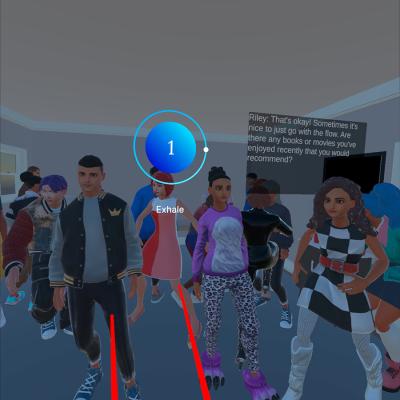
VR/AR Could Help People Manage Everyday Stressors
NEWSA new project from the Human-Computer Interaction Institute studied whether virtual and augmented reality can simulate stressful situations — like being at a social event with strangers — ...
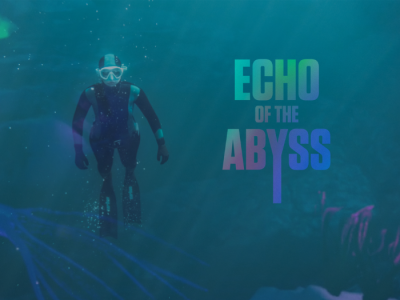
Using Virtual Reality to Connect Players With Ocean Ecosystems
NEWSFewer people have been to the deepest parts of the ocean than have walked on the surface of the moon. Researchers at Carnegie Mellon University’s Center for Transformational Play are hopin...
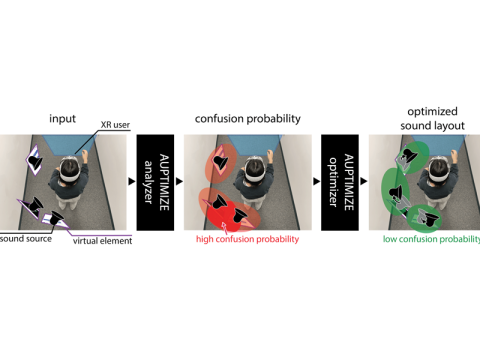
Auptimize
PROJECTSpatial audio in Extended Reality (XR) provides users with better awareness of where virtual ele...
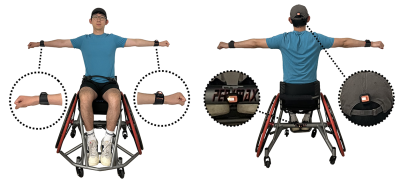
Virtually Accessible
NEWSCMU researchers are studying how to improve virtual spaces and make them more accessible for everyone. One project, WheelPoser, uses four sensors to capture body movement for people who us...
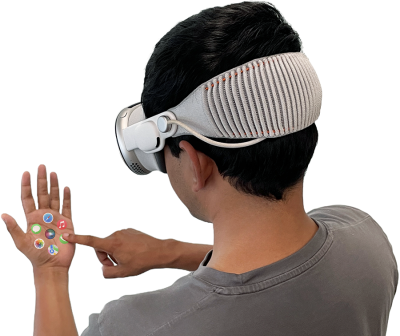
Future AR/VR Controllers Could Be the Palm of Your Hand
NEWSA new tool from researchers in CMU's Human-Computer Interaction Institute could put control for AR/VR environments in the palm of your hand.The new generation of augmented and virtual real...
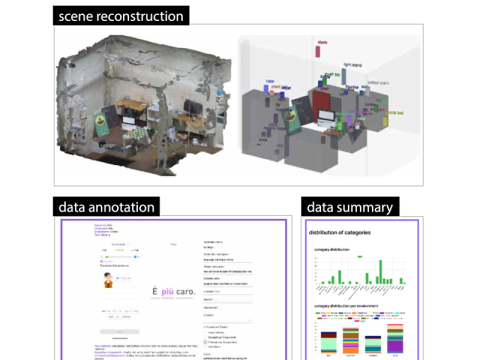
MineXR
PROJECTExtended Reality (XR) interfaces offer engaging user experiences, but their effective design requir...
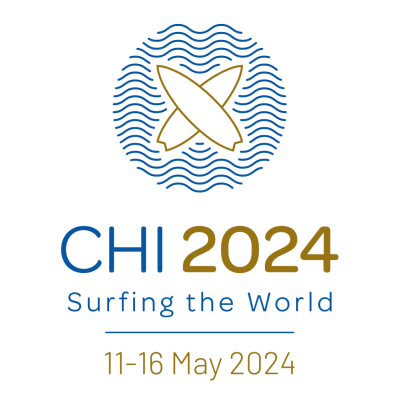
CMU at CHI 2024
NEWSResearchers from the Human-Computer Interaction Institute (HCII) and several other Carnegie Mellon University schools and disciplines contributed to more than 40 papers accepted to the 202...
![Vivian facilitating a demo at UIST 2023. [This image is from the official ACM UIST photo album]](/sites/default/files/styles/400px_wide/public/2024-04/UIST-demo.jpg?itok=X4E0Dldp)
HCII at UIST 2023
NEWSThe 2023 ACM Symposium on User Interface Software and Technology (UIST) was held in San Francisco, California from October 29 to November 1, 2023. ...
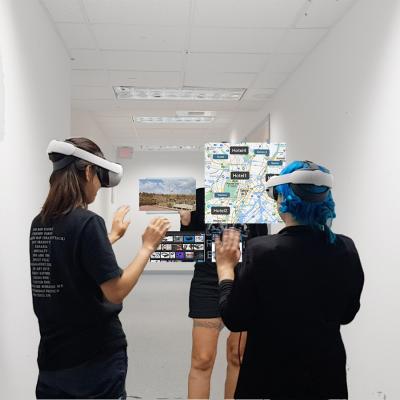
Carnegie Mellon University's XRTC Will Drive Research into VR, AR Innovations
NEWSVirtual, augmented and other extended reality technologies present the possibility to transform health care, education, entertainment, communication and more....

